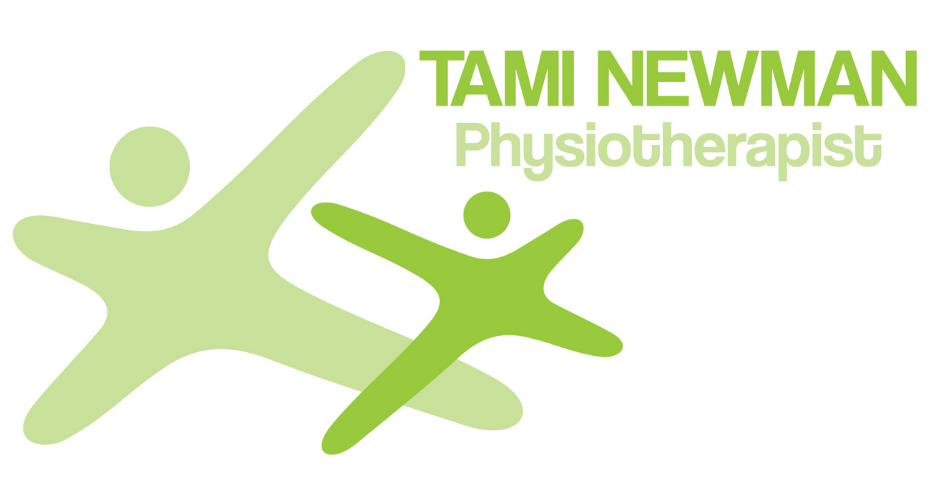With all the hype and excitement around Comrades, I wanted to share an article I recently read which was published in the New York Times. In this article, Tara Parker-Pope discusses a question which I am often asked in my practice. Is running bad for us? Are humans designed to run long-distances?
The Human Body Is Built for Distance
“ Does running a marathon push the body further than it is meant to go?
The conventional wisdom is that distance running leads to debilitating wear and tear, especially on the joints. But that hasn’t stopped runners from flocking to starting lines in record numbers.
But now a best-selling book has reframed the debate about the wisdom of distance running. In “Born to Run” (Knopf), Christopher McDougall, an avid runner who had been vexed by injuries, explores the world of the Tarahumara Indians of Mexico, a tribe known for running extraordinary distances in nothing but thin-soled sandals.
Mr. McDougall makes the case that running isn’t inherently risky. Instead, he argues that the commercialization of urban marathons encourages overzealous training, while the promotion of high-tech shoes has led to poor running form and a rash of injuries.
“The sense of distance running being crazy is something new to late-20th-century America,” Mr. McDougall told me. “It’s only recently that running has become associated with pain and injury.”
The scientific evidence supports the notion that humans evolved to be runners. In a 2007 paper in the journal Sports Medicine, Daniel E. Lieberman, a Harvard evolutionary biologist, and Dennis M. Bramble, a biologist at the University of Utah, wrote that several characteristics unique to humans suggested endurance running played an important role in our evolution.
Most mammals can sprint faster than humans — having four legs gives them the advantage. But when it comes to long distances, humans can outrun almost any animal. Because we cool by sweating rather than panting, we can stay cool at speeds and distances that would overheat other animals. On a hot day, the two scientists wrote, a human could even outrun a horse in a 26.2-mile marathon.
Other research suggests that before the development of slingshots or bows, early hunters engaged in persistence hunting, chasing an animal for hours until it overheated, making it easy to kill at close range. A 2006 report in the journal Current Anthropology documents persistence hunting among modern hunter-gatherers, including the Bushmen in Africa.
“Ancient humans exploited the fact that humans are good runners in the heat,” Dr. Bramble said. “We have such a great cooling system” — many sweat glands, little body hair.
Spring-like ligaments and tendons in the feet and legs are crucial for running. (Our close relatives the chimpanzee and the ape don’t have them.) A narrow waist and a midsection that can turn allow us to swing our arms and prevent us from zigzagging on the trail. Humans also have a far more developed sense of balance, an advantage that keeps the head stable as we run. And most humans can store about 20 miles’ worth of glycogen in their muscles.
And the gluteus maximus, the largest muscle in the human body, is primarily engaged only during running. “Your butt is a running muscle; you barely use it when you walk,” Dr. Lieberman said. “There are so many features in our bodies from our heads to our toes that make us good at running.”
So if we’re born to run, why are runners so often injured? A combination of factors is likely to play a role, experts say. Exercise early in life can affect the development of tendons and muscles, but many people don’t start running until adulthood, so their bodies may not be as well developed for distance. Running on only artificial surfaces and in high-tech shoes can change the biomechanics of running, increasing the risks of injury.
What’s the solution? Slower, easier training over a long period would most likely help; so would brief walk breaks, which mimic the behavior of the persistence hunter. And running on a variety of surfaces and in simpler shoes with less cushioning can restore natural running form.
Mr. McDougall says that while researching his book, he corrected his form and stopped using thickly cushioned shoes. He has run without injury for three years.”
